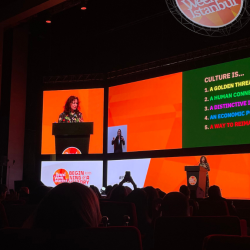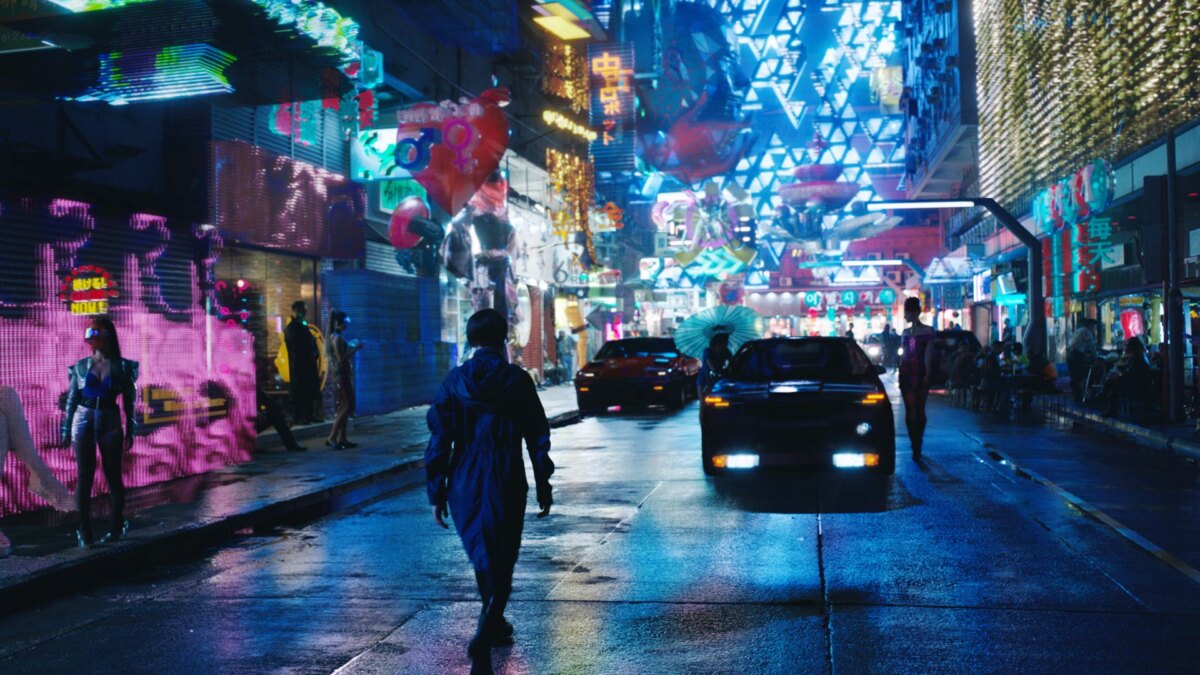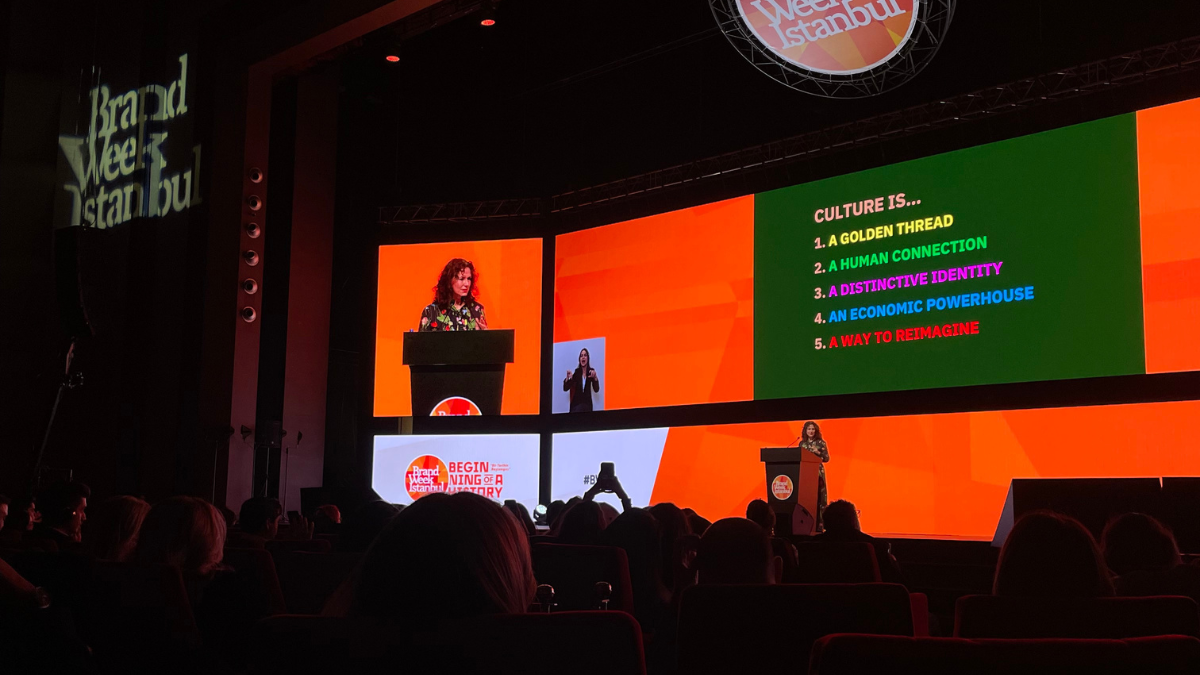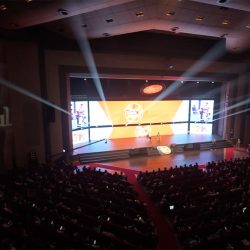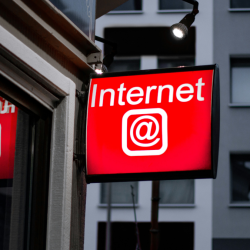An evolution in advertising is on the horizon. The fight for consumer attention continues and advertising is becoming increasingly overcrowded as brands try to carve out space to stand out. And so brands would do well to take an innovative route and look to the skies to make an impact.
History has shown us that technologies and techniques that originate in public display and performance gradually drift towards the eyes of media-savvy planners, diversifying into spectacular OOH campaigns. This is now the case for drones, where messaging and images can be created in the sky. But what has been seen to date in the skies of the UK (300 drones for Greenpeace), or even above the skies in China (over 3000 drones to break the world record) is really just the beginning. Drone technologies are in their infancy, but as their popularity increases the use of the sky for advertising is set to become a more debated opportunity.
There have been many recent discussions around the sustainability credentials of drone displays versus fireworks. (Guardian) The drone camps are wielding the sustainability axe at fireworks. For reasons including excessive noise pollution, the unnecessary use of chlorides, nitrates and other chemical compounds, burnt at height in the sky — and all this ‘magic’ assembled in Chinese factories of danger (9 Jul, 2020, Deyang City) before being airfreighting around the world to be used in moments of celebration. The fireworks manufacturer associations are citing electrical consumption of drones, high usage of lithium batteries and noise disruption to birds and natural habitats as being unsustainable and an unecological impact on the planet.
Yet it’s fair to predict the drone camps will win the sustainability argument
We need to become more comfortable (and capable) with the use of lithium batteries and the ability to charge the small amount of power required to perform a drone show from an increasing number of renewable energy sources. The practicality is that for the foreseeable future, as London NYE’s demonstrates two years running, drones will often be used in public display as an addition to fireworks. They enable show design to start storytelling through depicting images, shapes and names in the sky, progressing the creative potential. But until now there have been fairly restricted OOH opportunities — because of the simple image duplication techniques achievable with a small number of low density ‘dots’ — and importantly the small amount of colours available to create drone displays with.
From watching recent shows with naked eyes, it’s clear the LEDs on the drones have become so much brighter. This has an unexpected advantage to real innovators. As the brightness of these flying pixels increases, the drones can be programmed to create a full spectrum of colours. When you move beyond red, green, blue and white and start to add in shades of orange and purple and pantones, you can start to build near-photographic displays.
If you start to vary drone density, with a higher number of drone colours, then a far wider range of images are possible, and our R&D suggests that as soon as this summer such drones displays may make their mark above the skies of London.
Brands need to imagine far beyond what has been seen so far, the future is not limited to primary colored dots forming basic images in the sky. Marketers need to quickly begin reimagining a new dawn of full color near-photographic drone displays.
Does this mean we should be concerned our skies will be flooded with drone displays? Very doubtful. But will they be monumentally better? We can count on it.


